Current TGIR RPLs
Emily Bruce, PhD
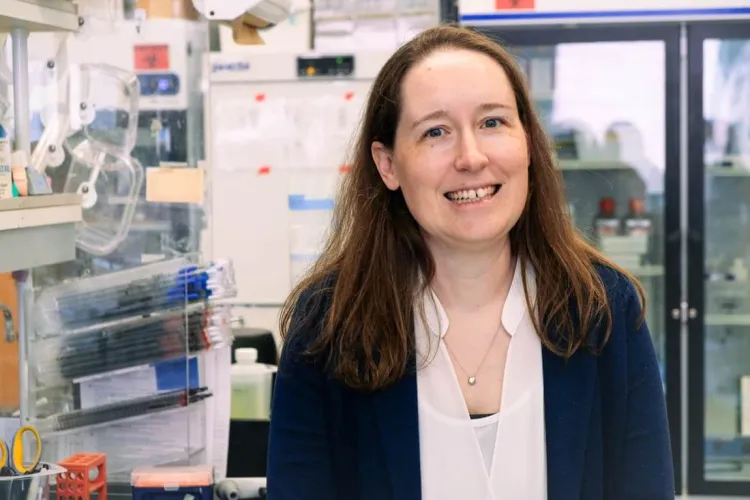
Assistant Professor, Department of Microbiology and Molecular Genetics
Project: "Virological and immunological detection of SARS-CoV-2 exposure"
Dr. Bruce is pursuing improved COVID-19 diagnostic methodology, investigating the hypothesis that the presence of SARS-COV-2 replicative RNA species can be used to distinguish the presence of infectious virus from residual viral RNA. She pursues the morphological and genetic factors that control influenza and SARS-CoV-2 infectivity, studying aspects of the virus-host system.
Dev Majumdar, PhD
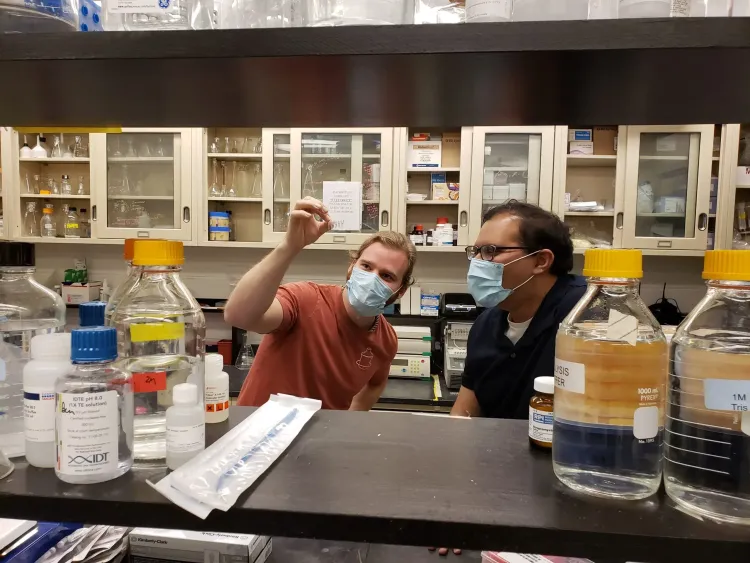
Assistant Professor, Department of Surgery
Project: "Evaluation of iDMV-1.0: A Single Dose Self-Amplifying Vaccine"
By working at the interface of RNA biology, vaccinology, and B cell immunology, Dr. Majumdar seeks to develop next generation mRNA vaccine platforms. This research's objective is to create a booster-free mRNA vaccine that delivers durable humoral and cellular immunity to foster greater vaccine uptake in global settings.
Ashley Volaric, MD
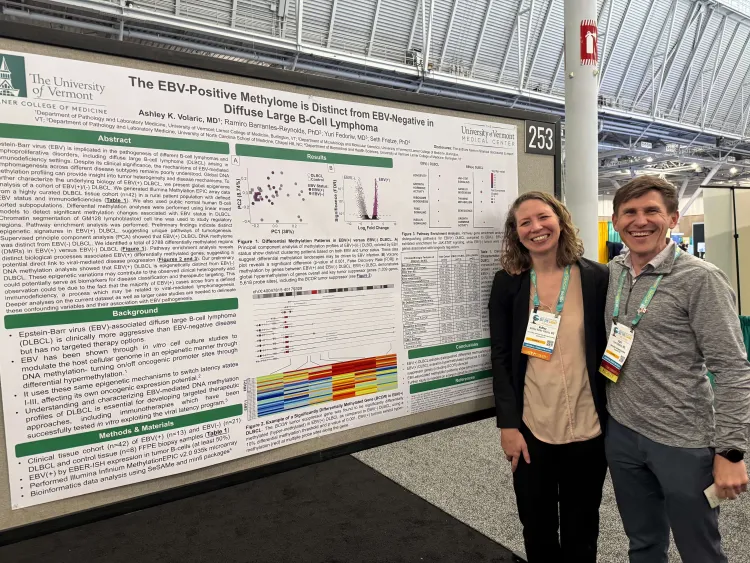
Assistant Professor, Department of Medicine, Pathology and Laboratory Medicine
Project: "EBV-Positive Diffuse Large B-cell Lymphoma: Defining Biologic Determinants of Disease Pathogenesis in Immunodeficiency"
Dr. Volaric studies the genetic influence of Epstein-Barr virus (EBV) on B-cell lymphoma development in both regional and global patient populations, focusing on how the virus engages immune cells called B-cells to transform them into a malignant cancer cell. Dr. Volaric's research seeks to develop a centralized tissue biorepository of EBV-associated B-cell lymphomas from local and global patient populations for ongoing epi-transcriptomic studies conducted in a collaborative, capacity-building manner with our global partners.
Current Pilot Projects
Peter Hyson, MD

Assistant Professor, Department of Medicine, Infectious Disease
Project: "Target-based Development of Small Molecules Against Human Babesiosis"
Dr. Hyson researches babesiosis, a tickborne malaria-like disease caused by Babesia parasites which can cause critical illness particularly in the elderly and immunocompromised. His goal is to identify compounds which can then be developed into better anti-babesia treatments, by testing compounds known to be effective against other similar parasites.
Bruno Martorelli Di Genova, PhD, and David Bernstein, PhD
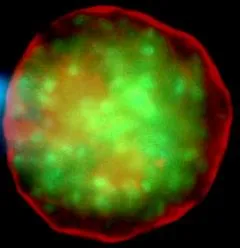
Bruno Martorelli Di Genova: Assistant Professor, Department of Microbiology and Molecular Genetics
David Bernstein: Assistant Professor, Department of Electrical and Biomedical Engineering
Project: "Interdisciplinary experimental and computational investigation of T. gondii chronic infection metabolism"
Dr. Bernstein’s work combines bioinformatics and computational modeling to gain quantitative understanding of microbial metabolism. Dr. Martorelli Di Genova's work seeks to develop efficacious clinical treatments for the chronic stages of the parasite Toxoplasma gondii. They are working collaboratively to develop a computational model of Toxoplasma gondii and host cell metabolism to uncover metabolic mechanisms of chronic infection and help guide treatment development.
Faculty Recruits
Menelaos "Mel" Symeonides, PhD
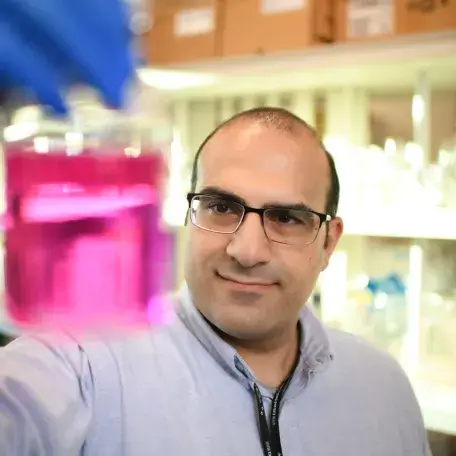
Assistant Professor, Department of Microbiology and Molecular Genetics
As a Faculty Recruit, Dr. Symeonides studies a subset of HIV-infected T cells known as small syncytia, which possess properties that likely impact the virus's ability to spread and infect new cells. Gaining a greater understanding of this aspect of HIV is important to developing methods to address the virus as it exists in a latent reservoir even among those on antiretroviral therapy (ART), causing a rebound of the virus when ART is interrupted.


